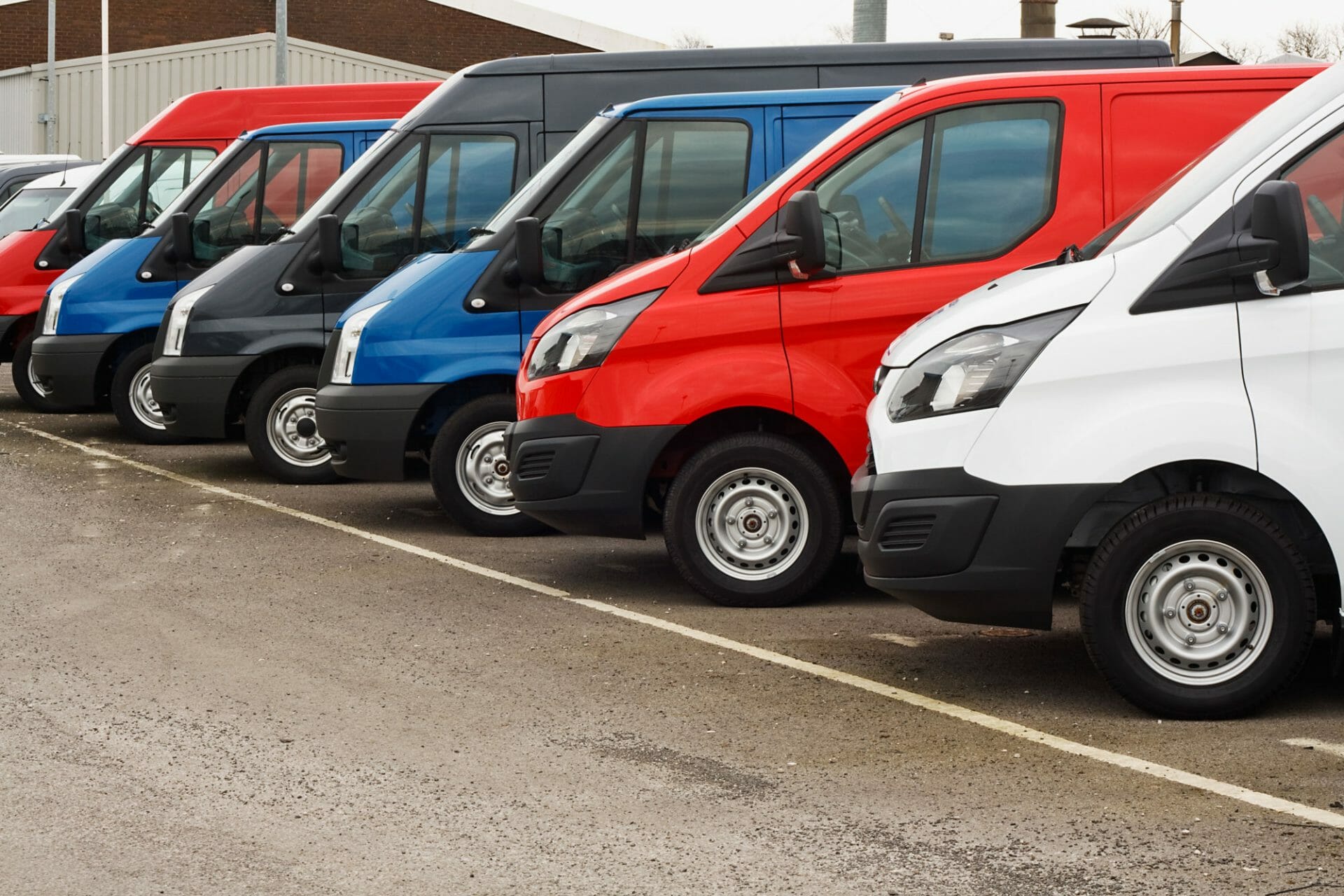How to keep your van safe as a tradesman

As a tradesman, your van is an essential part of your work, getting you, your tools, and your equipment from job to job. But there’s always a risk of thieves breaking into your vehicle — one in three tradesmen have lost two weeks’ work and at least £1,000 as a result of theft. Criminals know that tradesmen often store valuable tools in their vans overnight, making them more susceptible to theft if precautionary measures aren’t taken. Without your van and tools, it’s unlikely that you’ll be able to do your job until they can be replaced.
We understand how crucial your van is to getting your job done properly, and while we don’t offer vehicle insurance, our customers can get comprehensive tool and equipment insurance to help them get back to work as quickly as possible. And even once you’ve secured a van insurance policy, there are a wide range of things you can do to keep your vehicle protected when you’re on the job.
Premiums you won’t find on a comparison site
Starting at £59* per yearGet a Quote
Ensure your van has maximum security
As security technology advances, criminal techniques have evolved alongside it, allowing them to break into vehicles easily. These have included replicating key fob signals, door peeling — where the top of a door is brutally folded down — and turbo decoders for targeting manual-lock doors. However, a completely secure van will be less likely to fall victim to theft, and there are plenty of preventive solutions you can add to your vehicle to help protect it.
Locks
While locking your vehicle seems like the most basic security measure you could take, installing a more advanced locking system than can bolster the safety of your van. For example, you could incorporate a slamlock, which immediately locks after the door is closed, or deadlocks — which have no spring in the mechanism, making them harder to pick. You could also invest in specialist locks for your catalytic converter, which are often made from platinum, making them more desirable to thieves.
Alarms
Fitting an alarm in your van is a cost-effective, natural deterrent to criminals. While most vans are already fitted with an alarm system, it’s likely to be relatively basic, and can be easily silenced or deactivated most of the time. A smart alarm, with smartphone connectivity, GPS tracking or two-way paging, can provide all-important additional security.
Immobiliser
You should always check whether your van has an immobiliser, which is an electronic security device that prevents your engine from starting without the right digital key or token. This restricts thieves from being able to hotwire your vehicle.
Keep your tools safe and hidden
If your tools are stolen, you may not be able to replace them straight away, which could temporarily impact your ability to work. To keep your equipment safe, you should make sure that your van is locked at all times, and never leave it unattended with your tools inside, as this is an ideal opportunity for thieves to strike. If you need to store tools in your van overnight, place them in a locked toolbox, and make sure they are hidden out of clear view.
Another way to ensure the safety of the contents of your van is by personalising your tools with permanent marker or an ultraviolet pen, as this makes them easier to identify, and harder to sell. When travelling to different jobs, you should only bring the tools you will need for that specific project, as this will reduce the number of items that can be stolen. You can also add a list of your tools to a national valuables and property register so that any lost items can be easily returned if found.
Insurance at hard to beat rates
Starting at £59* per yearGet a Quote
Park your van cautiously
Where you pack your van can impact the likelihood of thieves targeting you. When parking at home, do so in a garage or on a busy street instead of dark, quiet back alleys. Whether you’re at home or onsite, you can park close up to a wall or back up against one to prevent criminals from accessing the side panels and back doors. There are also times of the year where you should be extra aware of theft — for example, winter is a particularly common time for criminals to target owners who have left their vehicles running and unlocked in order to de-ice them. July also often sees spikes in theft, as the hot weather leads to more owners leaving their windows down.
Secure an insurance policy
While insurance doesn’t protect your van from theft, it can cover you financially should you need to make a claim to repair or replace it. To start with, you’ll need vehicle insurance so that if your van is stolen or damaged, you won’t have to pay for repairs or replacements yourself. When choosing a policy, you should check that it promises speedy payments or a replacement vehicle if you successfully make a claim.
Another policy you’ll need is tool insurance, as most commercial van insurance policies won’t cover the items you leave inside a vehicle. High-quality tools are expensive to replace, which could leave you out of work if you can’t afford to buy new ones, but with an insurance policy you’ll be financially covered. If you already have a policy in place, check that the information is correct and up-to-date in case you have to make a claim. Remember to keep receipts for your tools as proof of purchase, and note the serial numbers so that if they are stolen, they can be identified.
Ensure your van passes its MOT
Alongside keeping your van secure, you need to know you can rely on it to run smoothly. Consequently, you should always take your vehicle for an MOT as soon as it is eligible — after three years — to be certain that it is still safe to drive. An MOT test should be conducted annually, and will assess vehicle safety, roadworthiness and exhaust emissions.
The test takes between 45 and 60 minutes, and will flag up any defects your vehicle has, which are classed in three ways: Minor, major and dangerous defects. The former will have no significant effect on the safety of your vehicle, or on the environment, and won’t contribute to your van failing its MOT, such as your tyres being worn close to the legal limit. Major defects are faults which can affect the vehicle’s overall safety, put other road users at risk or negatively impact the environment, like a significantly worn brake disc. If your van is assessed as having a major defect, it will fail the MOT. Dangerous defects have a direct and immediate risk to road safety, and have a serious environmental impact, such as if you are missing a brake light. This will render your van illegal to drive until any issues deemed dangerous have been fixed.






